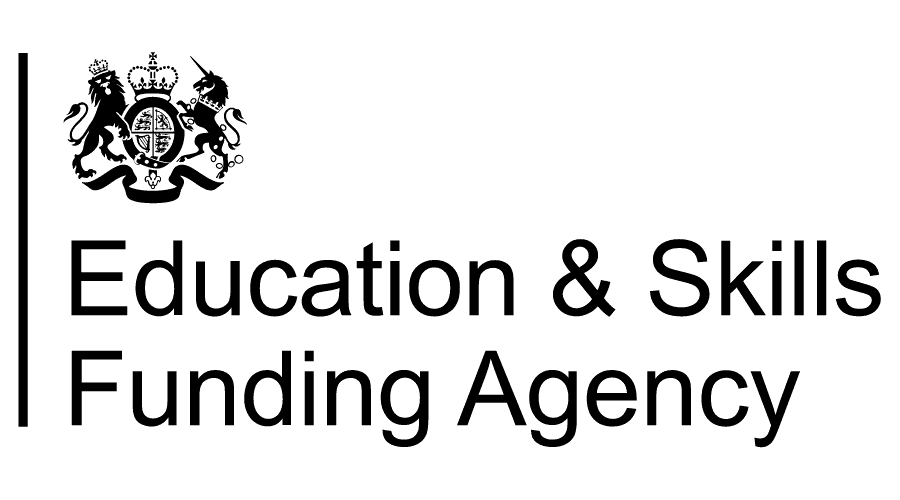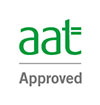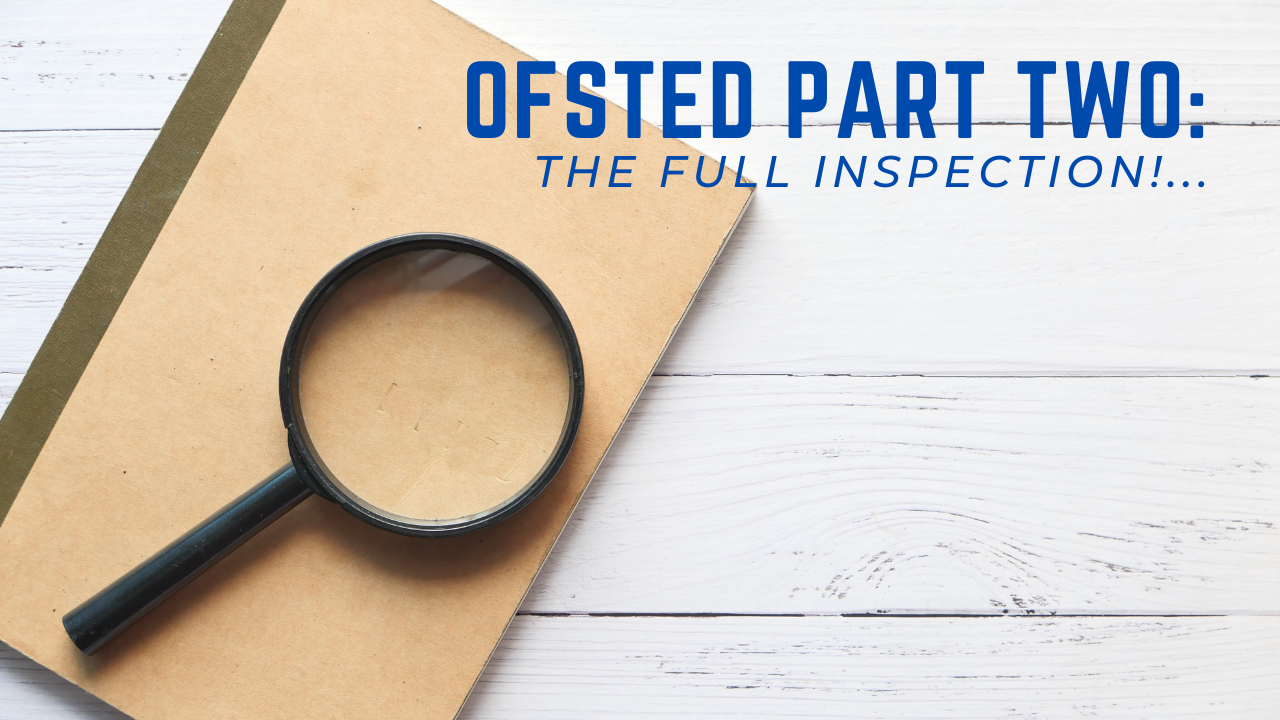
Financial incentives for employers extended… again!
Financial incentives for Apprenticeships have been extended to January 2022. They can be used for entry-level trainees but also for other new recruits at all levels in the organisation, including senior managers. The news means there has never been a better time to engage with apprenticeships to support organisational development.
When we reached the end of September (the deadline for employers to employ an apprentice and be able to claim the financial incentive for employers) without any hint of a further extension, we were all convinced the scheme was permanently closed. We were wrong! Rishi has come up trumps again and extended the scheme to the end of January. It’s great news for employers considering the Apprenticeship scheme to introduce new talent. But why the change of heart? And how does the scheme now compare with the Kickstart Scheme which has also been extended?
According to Sunak, he is willing to “do whatever it takes” to recover the economy from the impact of the COVID-19 pandemic. “The job is not done yet and I want to make sure our economy is fit for the future and that means providing the support and skills people need to get into work and get on in life.” It is also true to say that pressure to extend the scheme was being brought to bear by a range of organisations such as the Local Government Association and the Federation of Small Businesses.
The government recently produced a report which stated that 85,000 new apprentices had been hired under the ‘Hire a new apprentice’ scheme. At the same time only 76,900 young adults had started jobs under the Kickstart scheme in spite of the fact that employers had created 196,300 new vacancies. This suggests that the Apprenticeship scheme is working better and we would certainly advocate that the apprenticeship scheme offers greater value for employers, as outlined in the article we published last year to compare the two schemes.
That comparison was written at a time when the ‘Hire a new apprentice’ payments were £2,000 for a 16-24 year old and £1,500 for a 25+ year old. Since then the rates have been increased to a flat rate of £3,000 for all apprentices employed by employers. In our view this means the ‘Hire a new apprentice’ scheme now offers even greater value compared with the Kickstart scheme. For employers who take on a 16-18 year old apprentice there is an additional £1,000 financial incentive which brings the total government grant to £4,000. That’s a significant chunk of money!
It's a shame that the extension wasn’t announced until the previous deadline had already passed. So many employers rushed to recruit candidates before that deadline and one can’t help but wonder how many employers recruited less than ideal candidates in their rush to meet the deadline and how much drop-out will result from this. Our advice? Start planning early so you don’t have a dash to recruit an apprentice in January.
Another really important point for employers to remember is that the Apprenticeship scheme is no longer just for young adults just entering the labour market. Apprenticeship training is available right up to Masters Degree level and Chartered status for a number of professions. Employers recruiting talent at all levels of the organisation should think about putting those new recruits through a training programme during their first year or so to get the huge combined additional benefit of new capacity, new talent, new ideas and new learning coming into the organisation.
Andrew Hooper, Commercial Director at Boom Training said: “It’s great news that the government has decided to extend the financial incentive for employers to recruit an apprentice.
“We would argue that with the increased amounts now available, the apprenticeship scheme is without question a better option than the Kickstart scheme for almost all employers. We really hope businesses will take advantage of this great opportunity, and of course we are there to help every step of the way.”
Please Get in touch for more information and impartial advice.



In partnership with:










